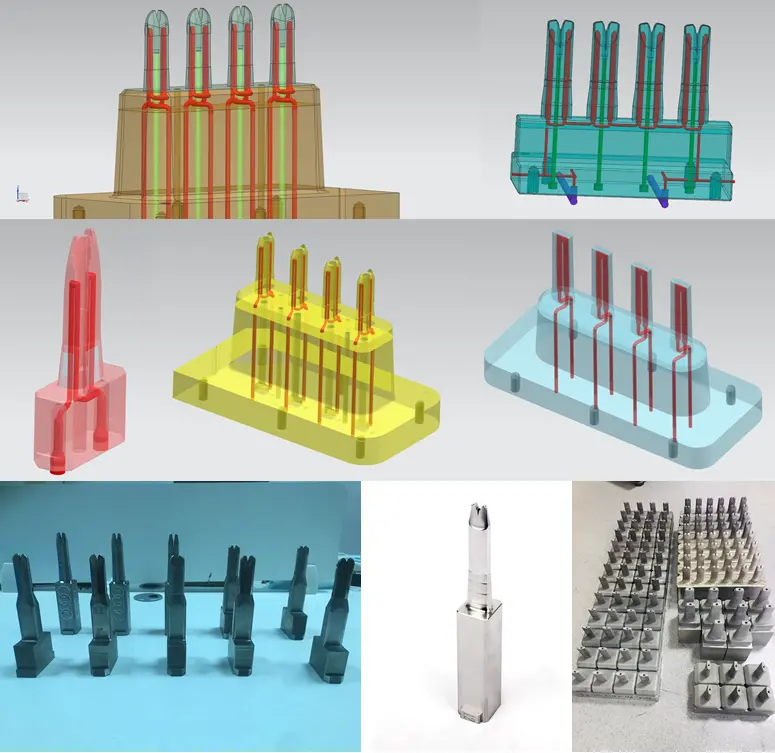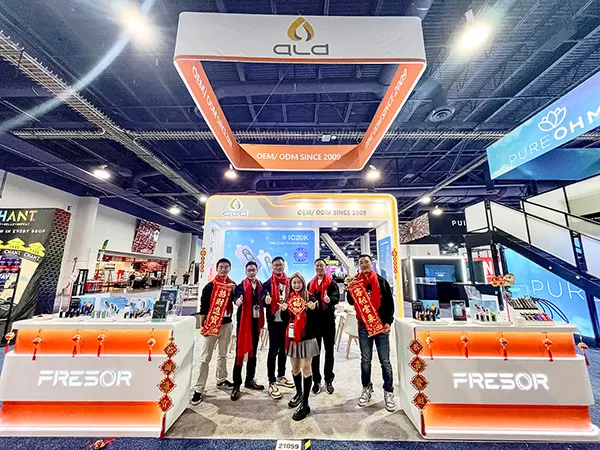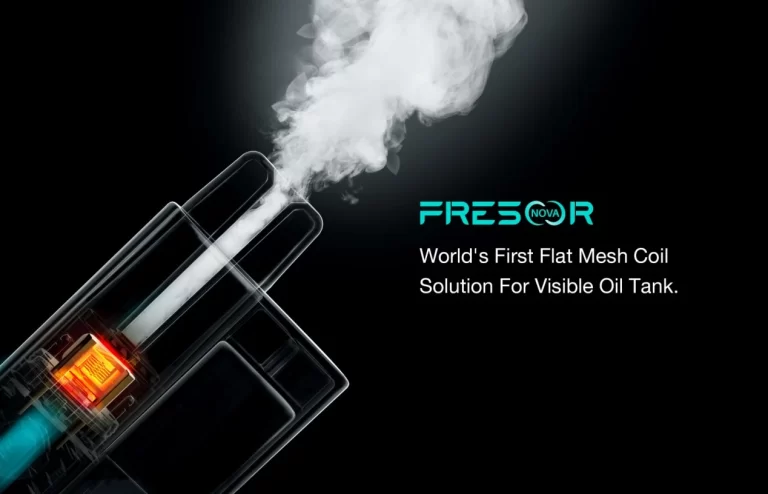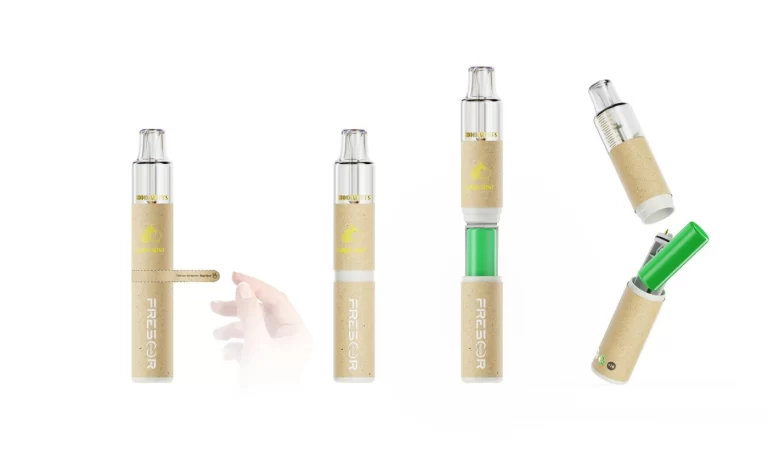3D printing, also known as additive manufacturing, is a method of manufacturing solid parts through the gradual accumulation of materials, with the advantages of rapid prototyping, complex molding, customized manufacturing, reduce assembly, reduce the research and development cycle.
With the development and maturity of materials and processes, 3D printing technology is no longer “high above, out of reach”, but gradually penetrate into all walks of life, including the electronic cigarette industry.
3D printing technology materials are mainly metal, ceramic, plastic, corresponding to the electronic cigarette industry is used in the mold, atomization core/vape coil, product development and other aspects.
1. 3D printing electronic cigarette/vape device e-liquid chamber molds
The material of plastic shell of vape devices basically belongs to high temperature material.
PCTG: 260-280℃
PPSU: 370℃
PC: 270-320℃
During the injection molding process, about 90% of the problems are because the cooling effect of the mold is not as good as expected. High-temperature materials are more likely to have temperature-induced injection molding problems, so in the injection mold of electronic cigarette plastic shells, the design requirements for cooling waterways are higher than those for general products.
Electronic cigarette plastic shells are deep cavity molds, and the cavity surface cross-sectional area decreases as the depth increases. This kind of deep-cavity mold is difficult to use the traditional water processing method to manufacture, generally just do the cold water well, but the space is limited within the mold kernel cold water well aperture is very small, shallow depth, the effect is not very obvious.
The design idea of 3D printing with the shape of the cooling runner is to attach the cooling water channel to the surface of the mold cavity and change with the shape of the mold cavity. By applying 3D printing with shaped cooling runner, the cooling efficiency of the mold is improved and the uniformity of cooling is also improved accordingly.
3D printed molds can be arranged according to the shape of the mold, so that the product surface can achieve full cooling balance, thus significantly solving the problems caused by uneven cooling of the product, improving the production efficiency of electronic cigarette e-liquid chambers, greatly increasing production capacity, and effectively improving the life of the mold.

3D printing technology in the field of electronic cigarette applications: metal molds, ceramic atomizer cores, product development, etc.
2. 3D printing ceramic atomizer core
The team of Keeyoke Technology and the domestic head electronic cigarette manufacturers have cooperated deeply to jointly carry out the new application of “ceramic atomizer core + 3D printing”, which is expected to apply high-speed 3D printing technology to the preparation of electronic smoke atomizer cores, bringing a new solution for atomizer core manufacturers and solving the pain points of low efficiency, uncontrollable quality and wasted materials in the production of ceramic atomizer cores. The pain point of low efficiency, uncontrollable quality and wasted material in the production of ceramic atomization cores.
Strange encounter technology 3D printer equipped with 4K optical machine, optical machine precision of 0.05mm, the atomization core produced to achieve a porosity of > 55%, pore size 10-50μm adjustable fine degree, a day can print tens of thousands of atomization core, can always be manufactured according to the design requirements of extremely complex shape structure.
3D printing technology in the field of electronic cigarette applications: metal molds, ceramic atomizer cores, product development, etc.
3. 3D printing shortens the product development cycle
Along with the great success of the global market, in addition to strong technical capabilities, there is also a strong design force. Electronic atomization products have the characteristics of consumer electronics products, the customer base is more young, in the current consumer network, globalization, consumer preferences are more and more diversified, product updates are more and more rapid.
This requires industrial design departments to carry out design and verification with higher efficiency, and 3D printing technology is an ideal process for product design verification due to its fast response and one-piece start-up characteristics.
Initially, Kirkner was using a third-party 3D printing service provider to produce product prototypes, a solution that helped the ID team significantly shorten the design verification cycle.
But soon, as the number of product SKUs increased and product updates accelerated, the drawbacks of this approach quickly became apparent, and the 2-3 days required for a single printing service became unacceptable.
As the size of the company and the influence of the industry continued to expand, product design gradually became the industry trendsetter, and the confidentiality of the design was put on the agenda, with the potential risks of outbound 3D printing becoming increasingly high.
Based on the above factors, the Kirkner ID team considered purchasing their own 3D printer. Printing a version of the atomizer shell only takes about 3 hours, and with the time to modify the drawings, up to two design iterations of the product can be made in a day.
3D printing technology in e-cigarette applications: metal molds, ceramic atomizer cores, product development, etc.
Atomizer housing printed with Rhensay Shape 1 HD
3D printing technology in the field of electronic cigarettes: metal molds, ceramic atomizer cores, product development, etc.
It can be seen that the application of 3D printing technology in the electronic cigarette industry has to a certain extent promoted the innovation and development of products and technologies in the industry.










